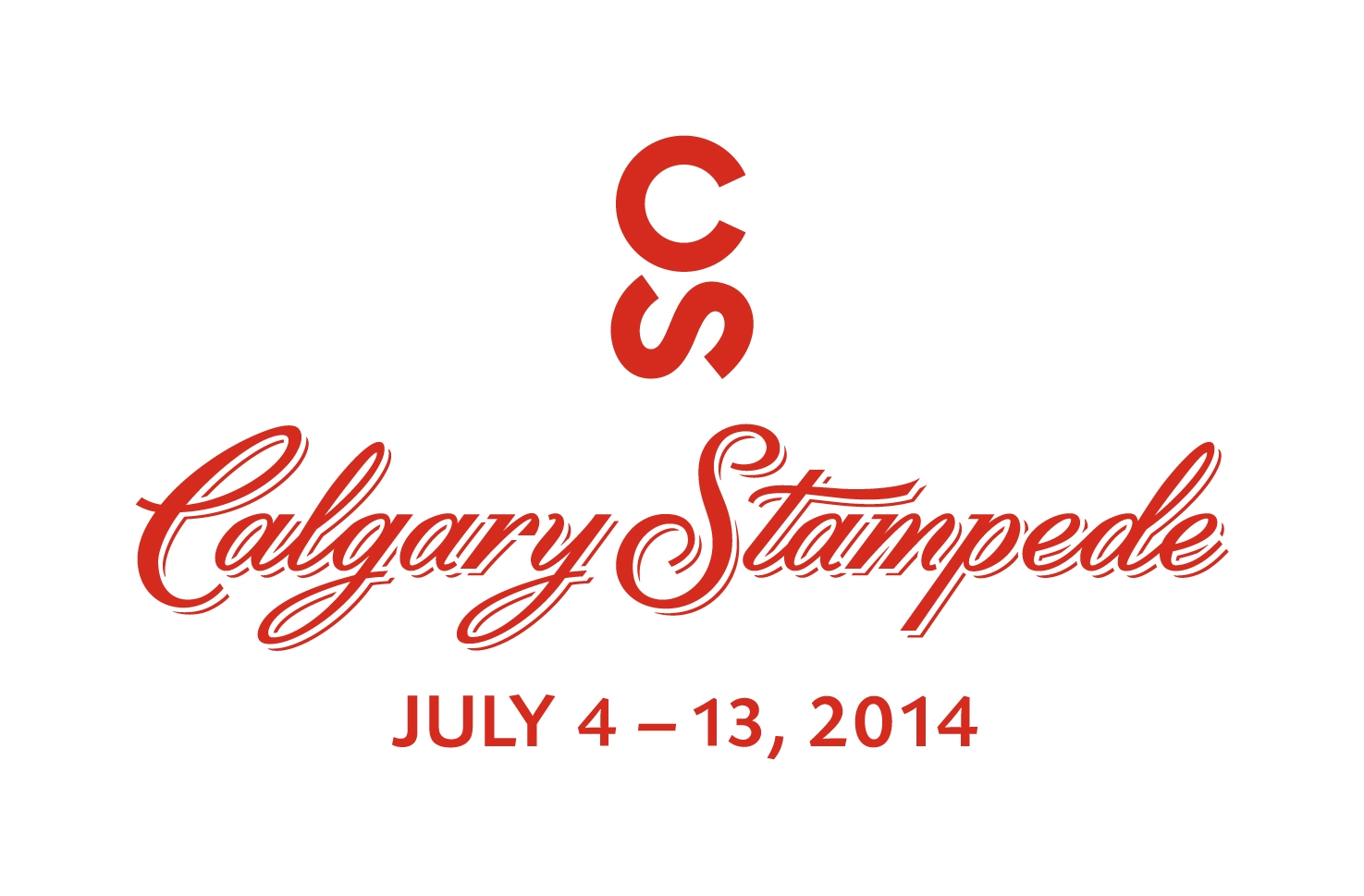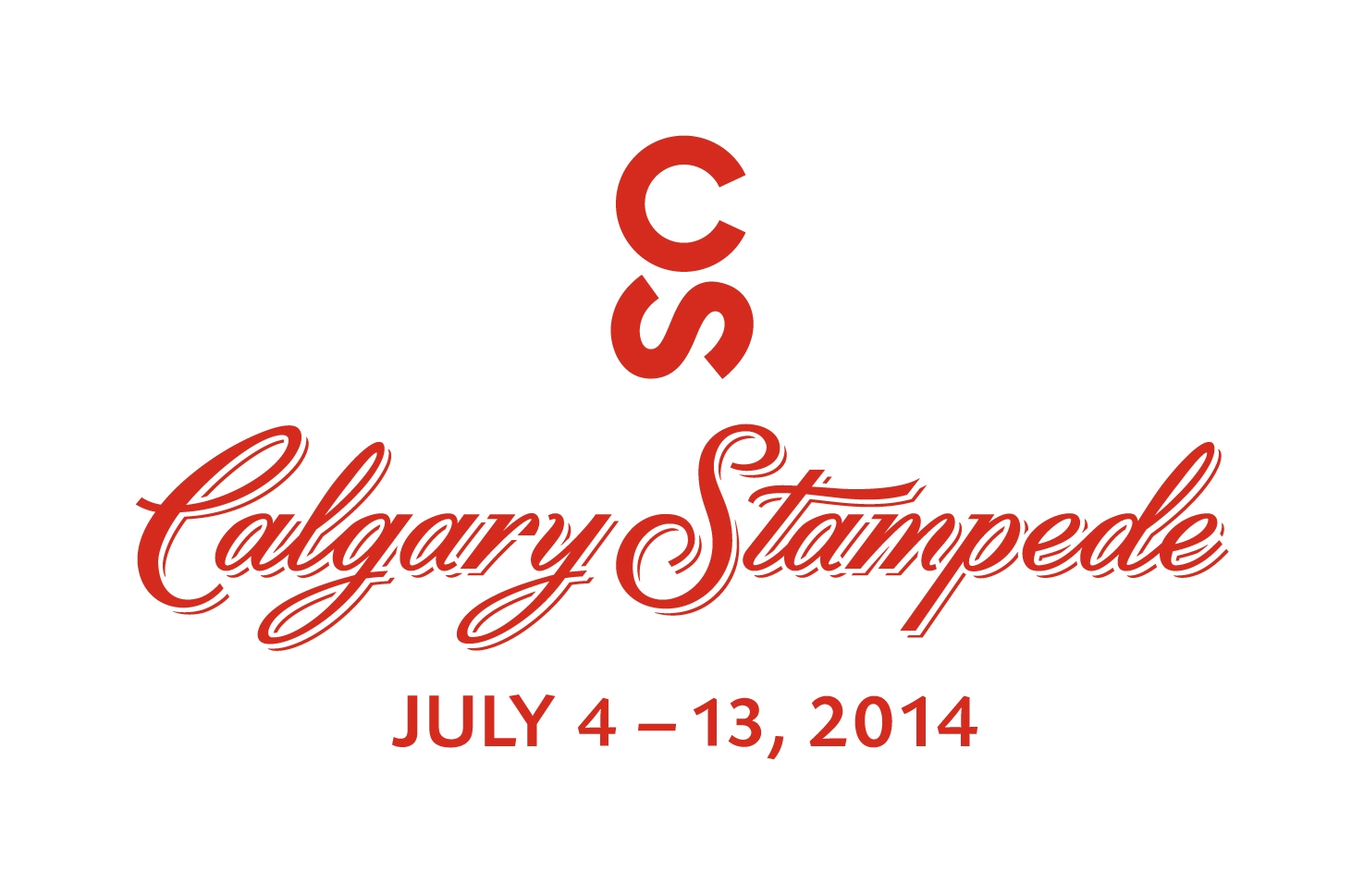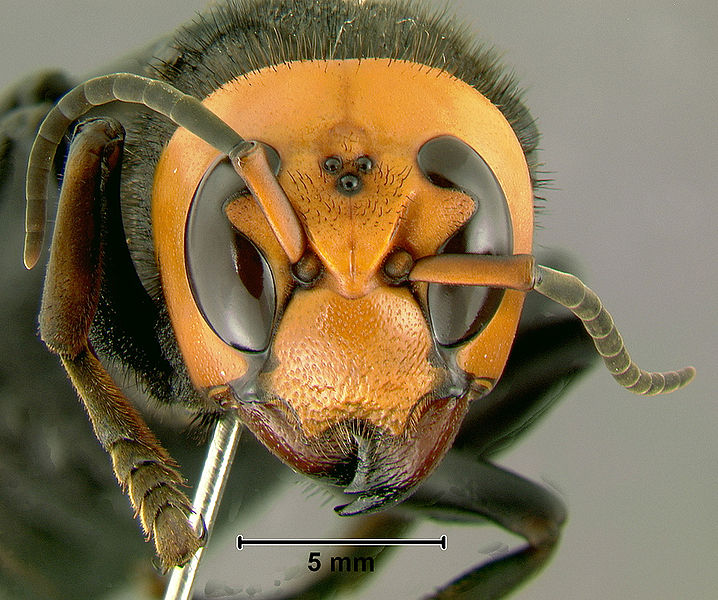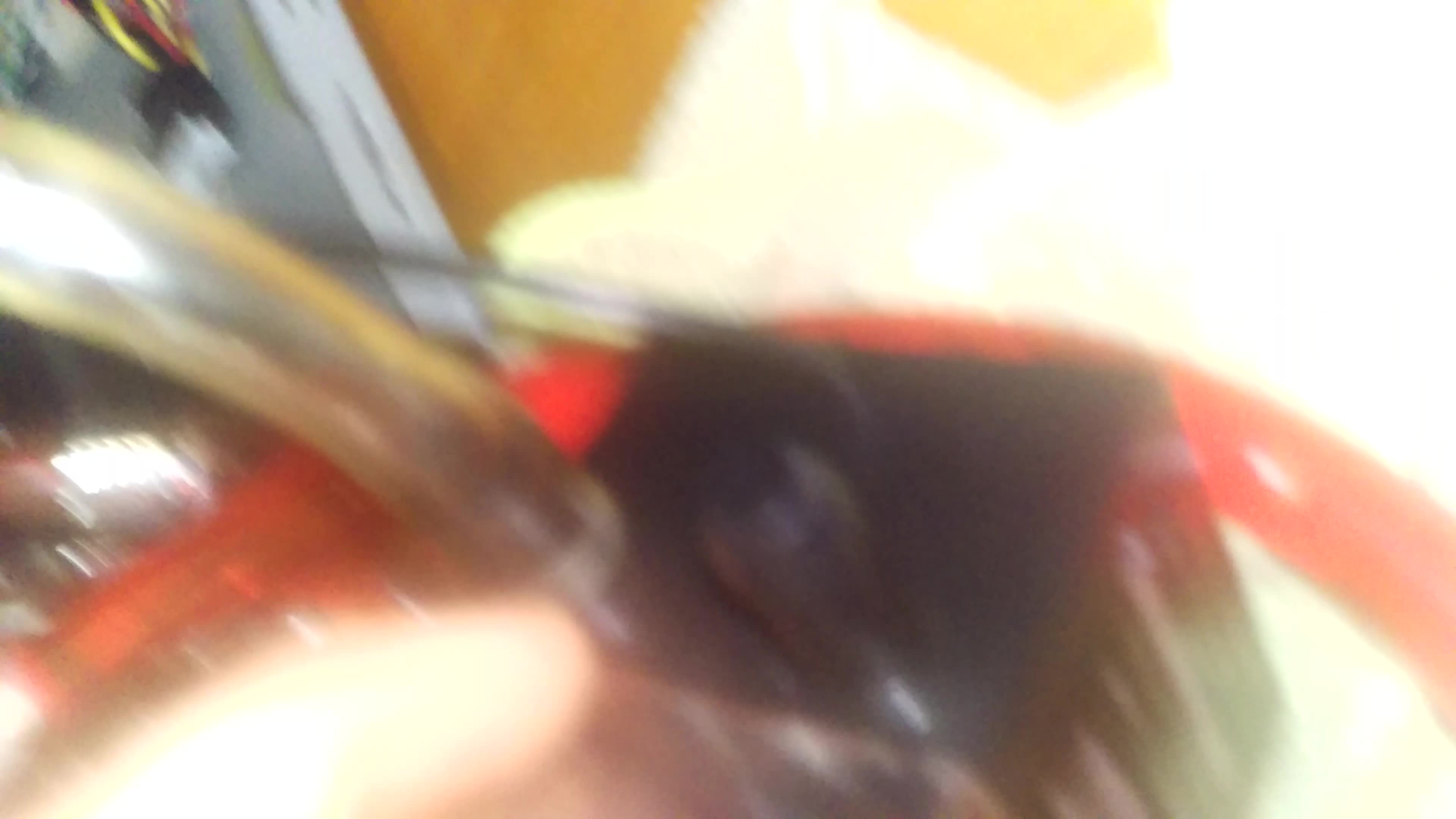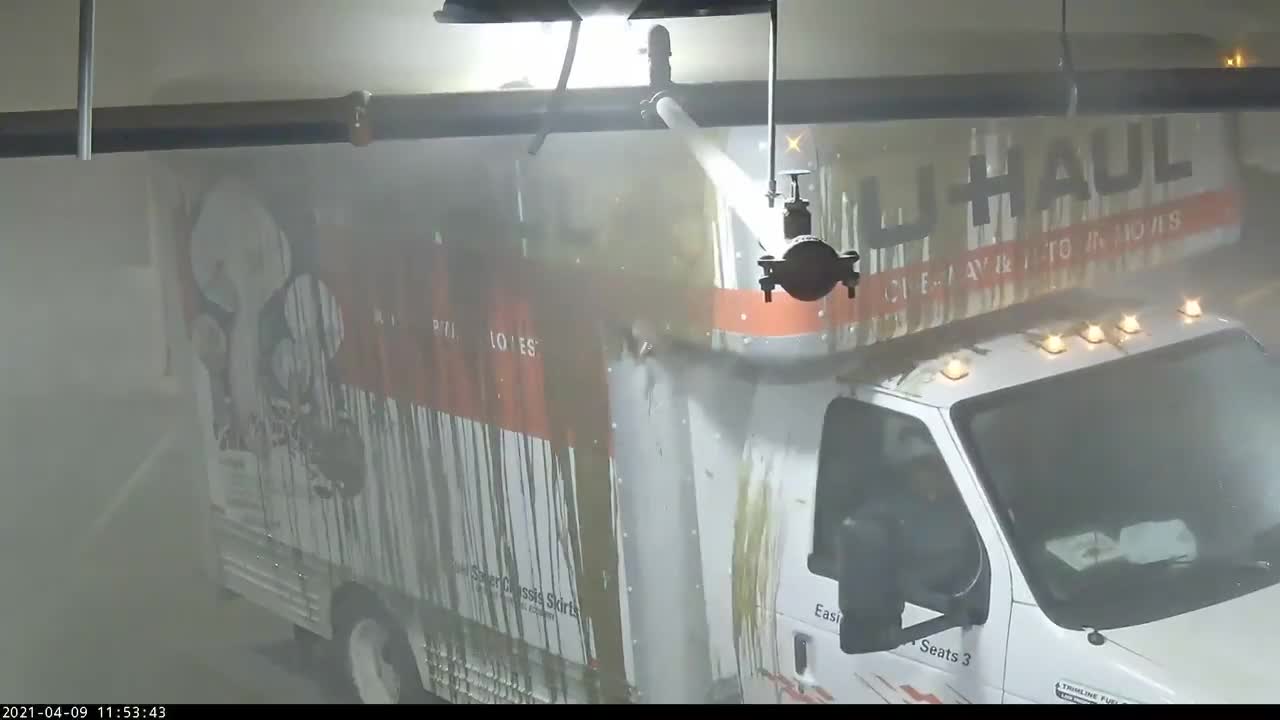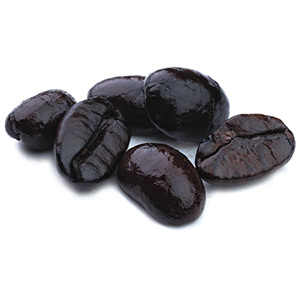Canada closer to allowing Asian carp as lobster bait, depending on test outcomes
Maine also considering carp as a substitute for shortage of other bait fish
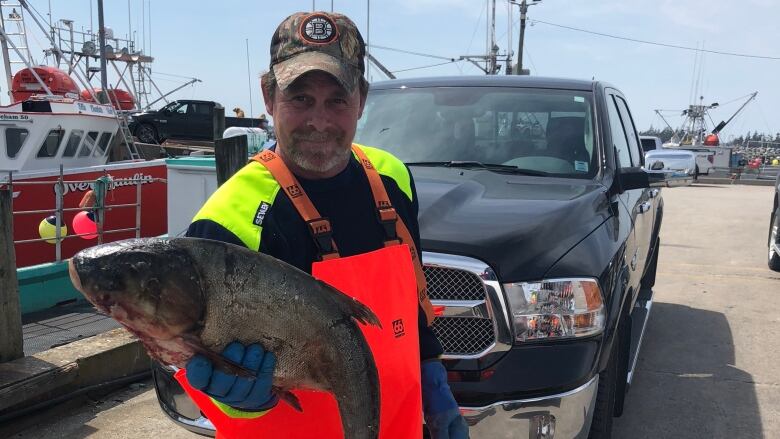
The Canadian Food Inspection Agencysays it is prepared to accept invasive Asian carp from the United States as bait for the lobster industry, provided U.S. authorities can meet a number of conditionsincluding proof the carcasses pose no disease threat.
"If the U.S. can meet these requirements, Canada is willing to accept the import of dead, eviscerated silver carp for use as bait," CFIA spokesperson Brian Naud said in a statement.
There is interest in both countries in using Asian carp to supply their respective lobster fisheries which are experiencing a bait shortage as traditional sources decline: herring in the United States and mackerel in Canada.
The state of Maine is poised to make a decision on Asian carp as a bait source by the end of May.

Nova Scotia businessman Patrick Swim has been promoting the Asian carp bait project in Canada for 18 months.
He says even a 10-cents-per-pound saving would be worth thousands of dollars a year to a fisherman.
"It's oily, it's greasy, it slimes up well, according to fishermen. So they like it. And and it catches more lobster," he says.
He calls carp a win-win solution to helpknock down an invasive species and solve a bait shortage problem.
Canada takes a wait-and-see approach
Earlier this month, the Canadian Food Inspection Agency told CBC News importing Asian carp was automatically prohibited becausespecific import conditions must be met to ensure that the commodity has been inspected according to appropriate procedures, is free from aquatic animal diseases and conforms to Canada's phytosanitary regulations.
CFIAnow confirms thatit has provided its requirement for importing the fishto the United States Fish and Wildlife Service and the United States Department of Agriculture Animal and Plant Health Inspection Service.
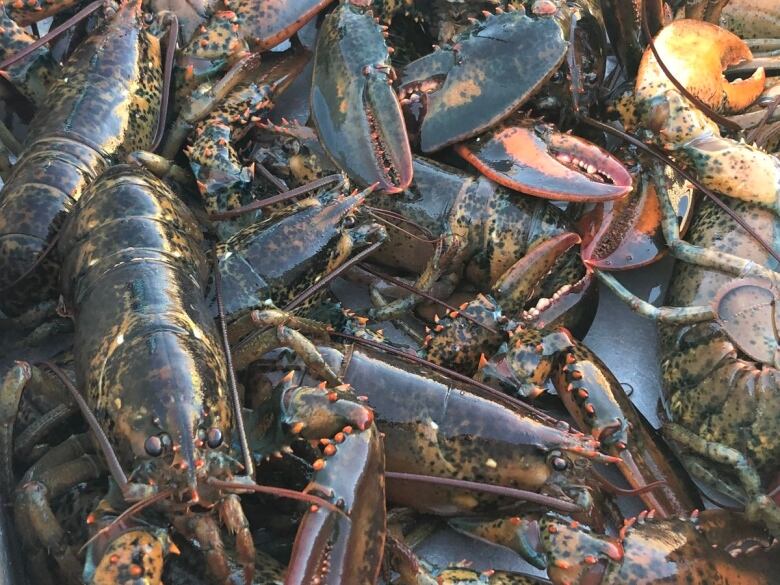
The United States Fish and Wildlife Service is currently testing two Asian carp species,silver and bighead carp,in the Illinois River system to determine if they are a potential bait source. The work is being done onbehalf of the state of Maine.
Canada is awaiting the results of investigations underway by the Americans.
"U.S. regulatory authorities have not confirmed to the Canadian Food Inspection Agency that they are able to certify that the product for export meets Canada's import requirements. Until such time as a negotiated agreement can be reached, and the U.S. can satisfy Canada's import requirements, the product is not eligible for entry into Canada," Naud said.
What they are looking for
Jeff Nichols, communications director atthe Maine Department of Marine Resources, says U.S. authorities are trying to determine if silver and bighead carp species carry a disease calledviral hemorrhagic septicemia which, he says, has not been documented in carp but has been found in other species in the Great Lakes.
"We are taking a cautious approach," Nichols toldCBC news.

He says Maine is partnering with Illinois to develop chain of custody forms if disease tests are negative.
Chain of custody will verify harvest locations, processors, shippers and recipients to ensure fish are not mixing with unknown stocks of carp.
The first round of disease testing is expected in early May.
"By the end of May, we should have a decision here in Maine as to whether or not we can we can accept carp from the Illinois River," Nichols says.
"Finding safe bait sources domestically and biomasses that are very large is a much better scenario than evaluating bait sources from around the world. Hence our work to evaluate carp from Illinois."

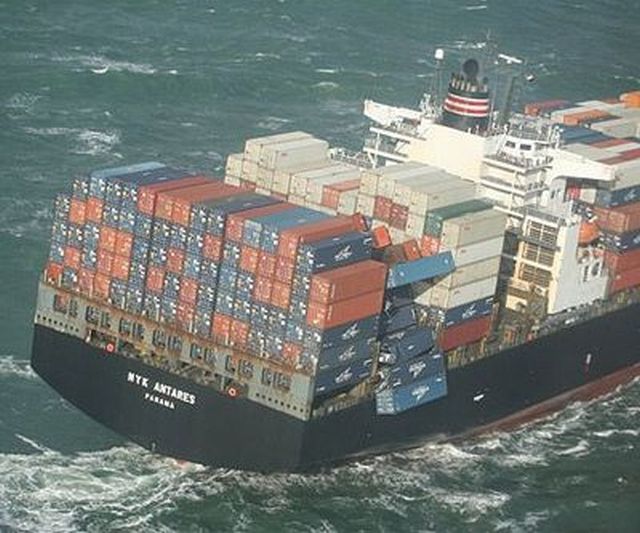



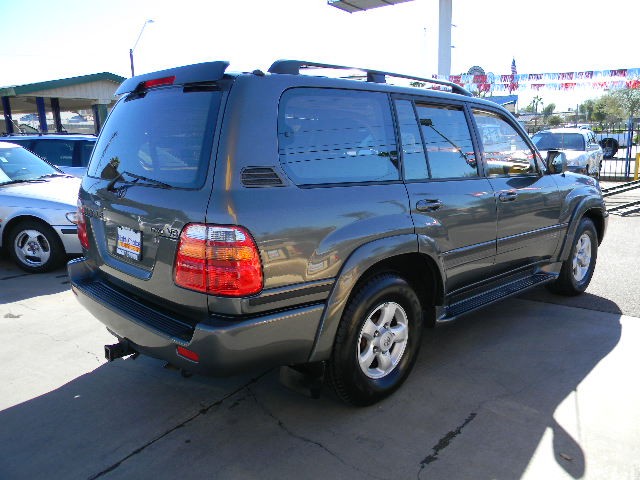
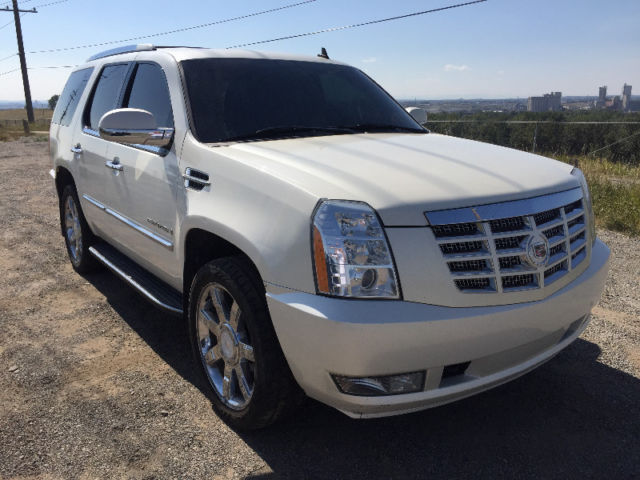
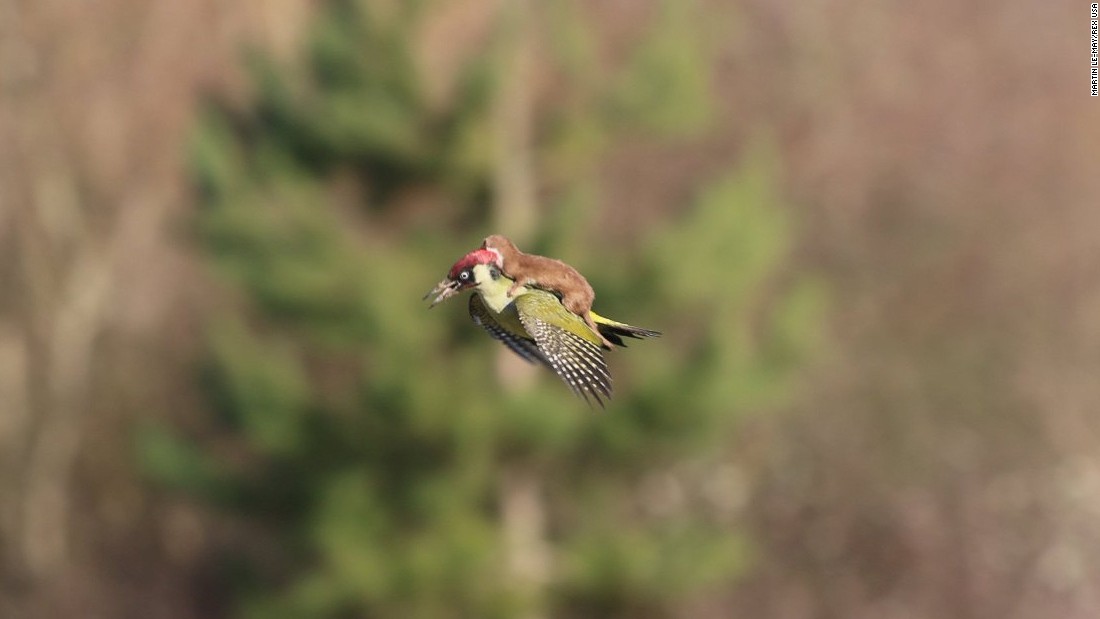




_(720p).jpg)


 OFFICIAL HD MUSIC VIDEO.jpg)
.jpg)













